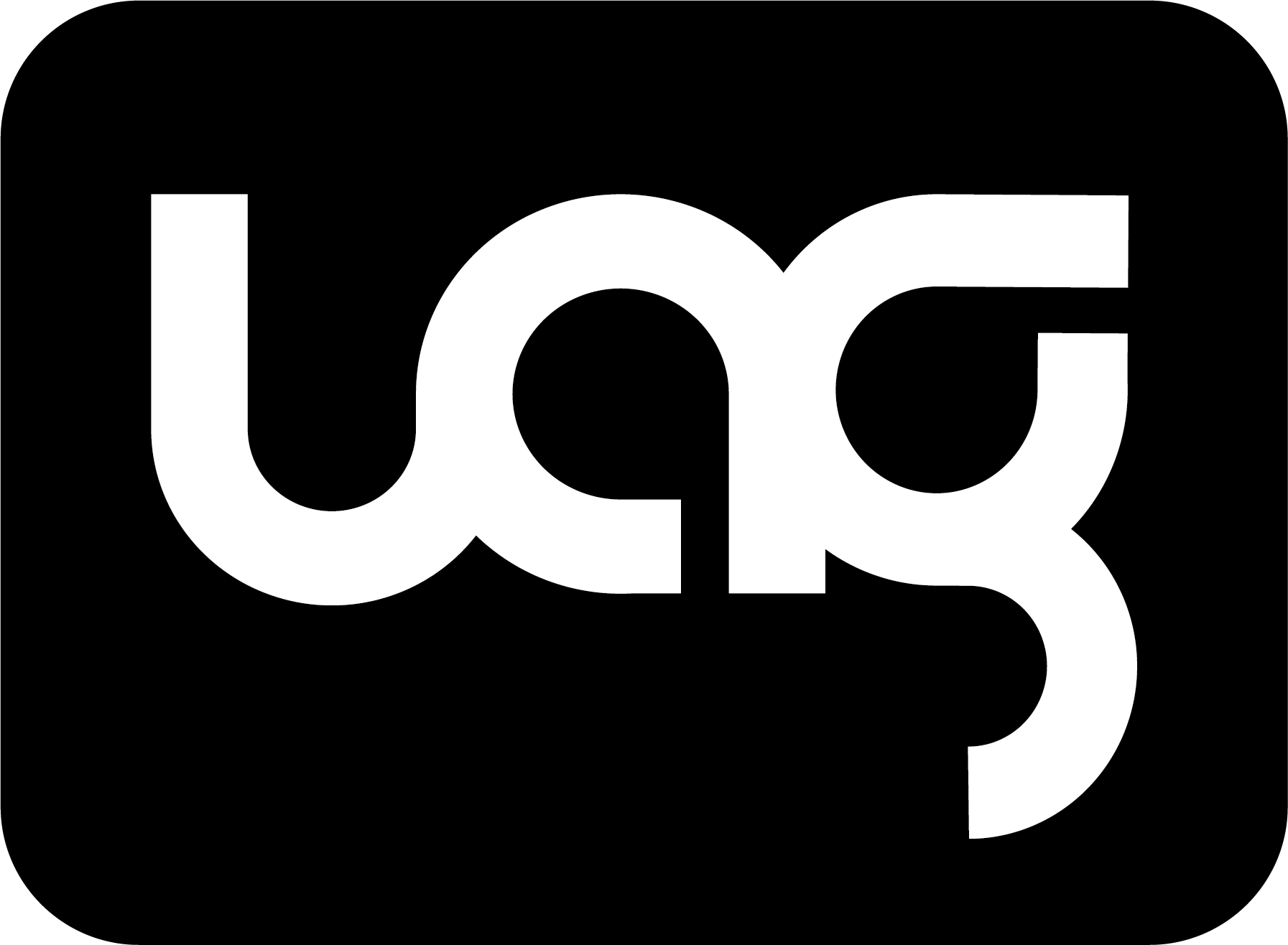April 8 Reuters U.S. crude oil prices last week climbed to their highest this year, but a weak natural gas market, steeper costs and a focus on shareholder returns over new production are keeping shale drillers from big output increases in the world39;s top oil and gas producer.
The global Brent oil benchmark last week was trading above 91 a barrel, while in the U.S., West Texas Intermediate WTI futures were over 86 a barrel, their highest since October.
The price gains reflect supply risks from attacks on Russian oil infrastructure and global shipping, as well as ongoing output cuts by the Organization of the Petroleum Exporting Countries and allies OPEC.
Bank of America in early April increased its 2024 Brent and WTI price outlook to 86 and 81 per barrel, respectively, and said both were likely to peak around 95 a barrel this summer.
Those higher prices so far have not been enough to entice U.S. drillers to boost production, operators and service firm executives said, as many are grappling with a steep decline in the value of gas produced alongside their oil.
In Texas, Louisiana and New Mexico, producers were already cutting output in the first quarter as costs climbed. The breakeven price to drill a new well in the Permian, the top U.S. shale field, rose 4 per barrel in the last year, according to a survey by Federal Reserve Bank of Dallas.
Now, low gas prices are creating new challenges.
Henry Hub futures , the benchmark for U.S. gas, are trading below 1.80 per…


